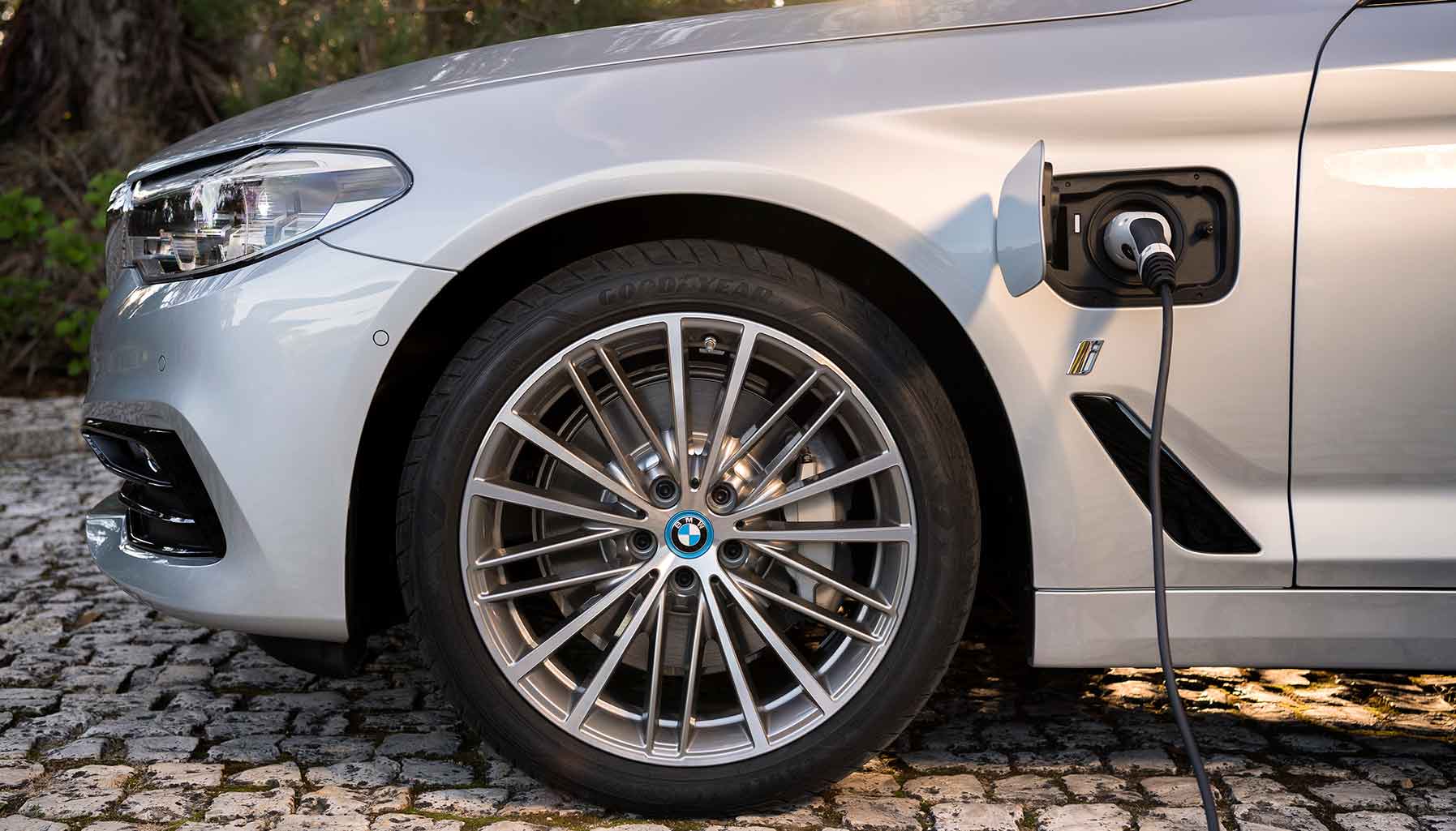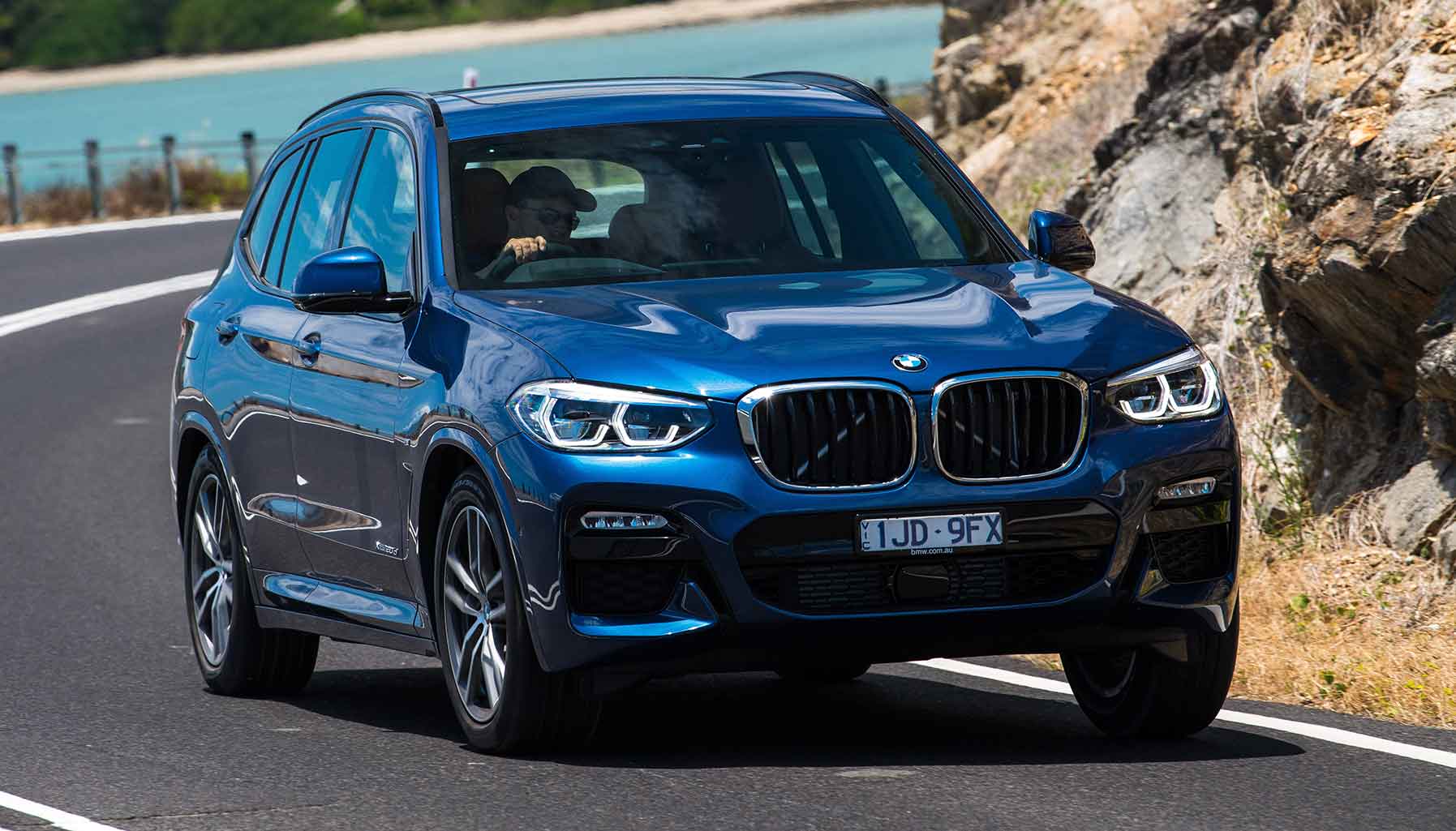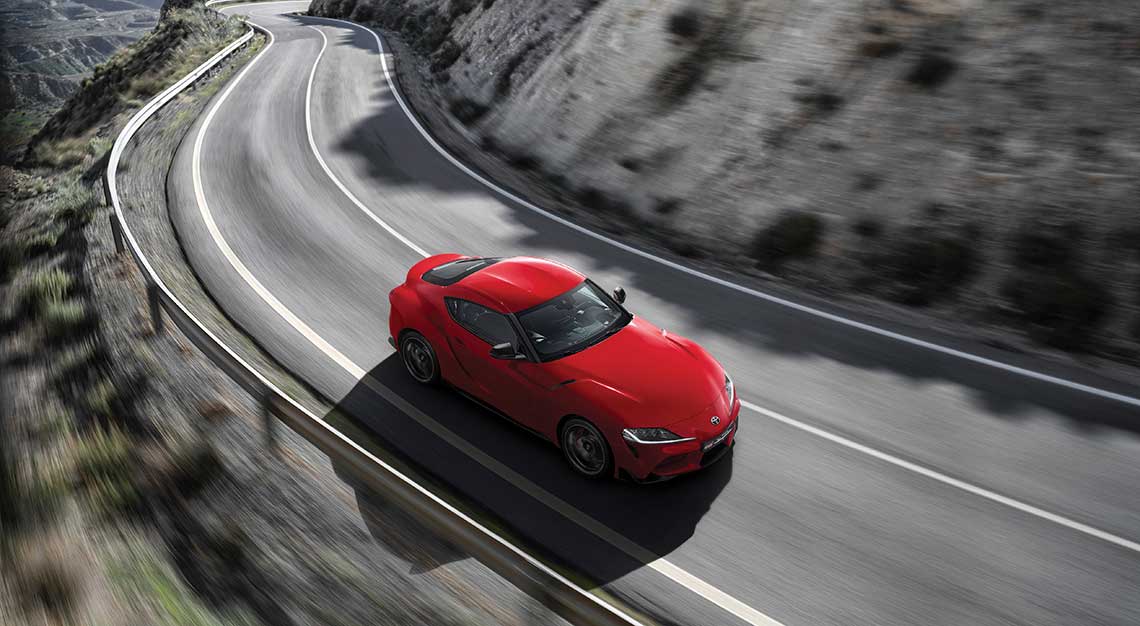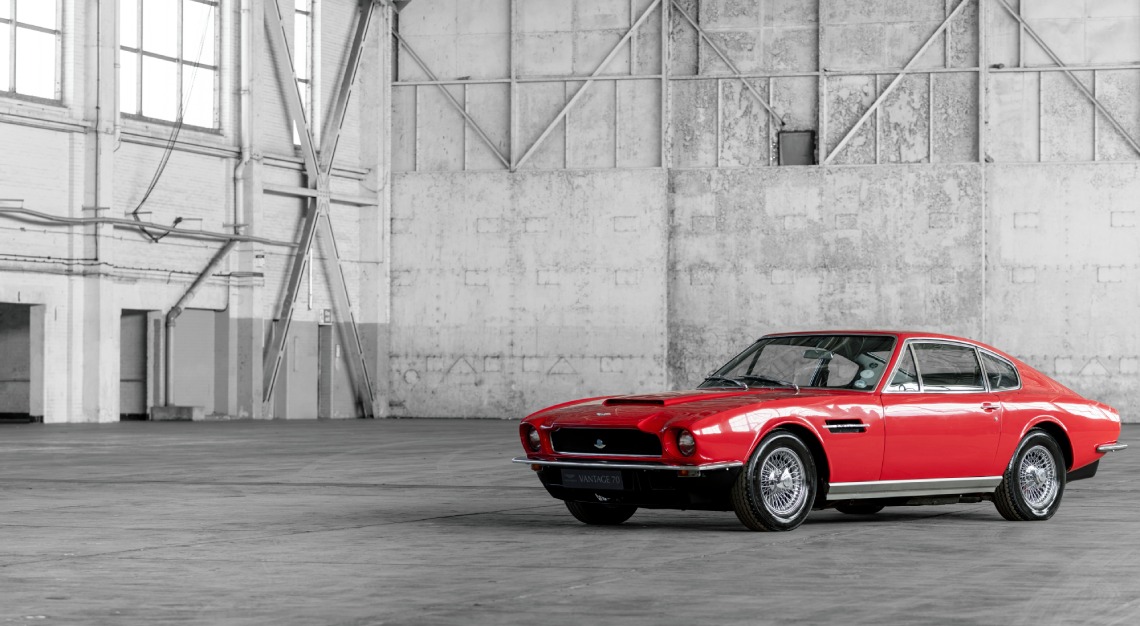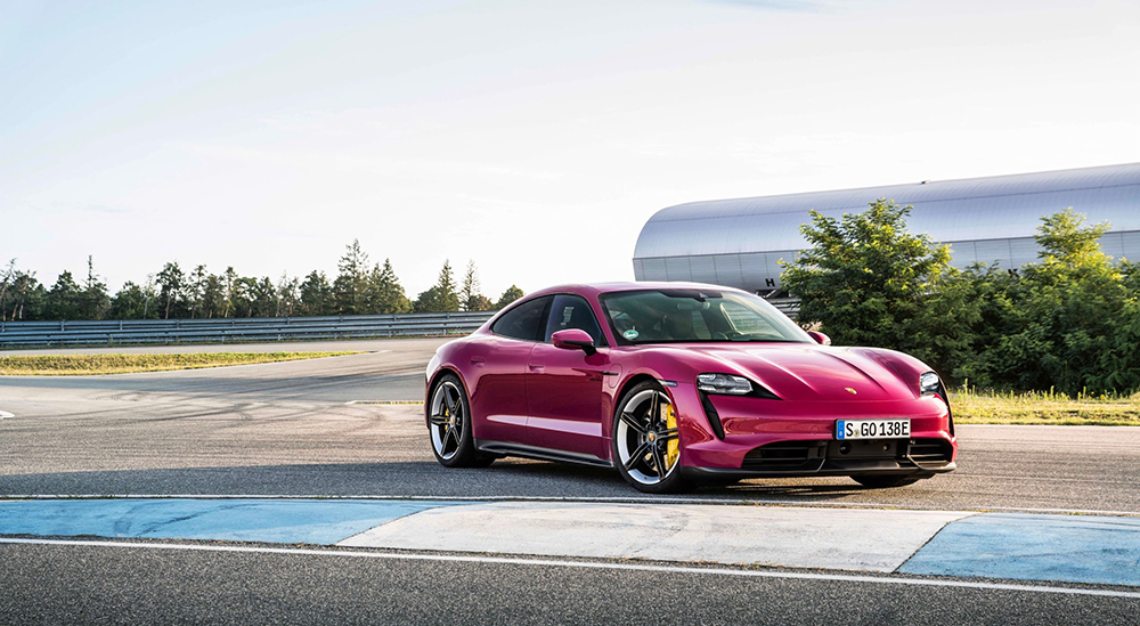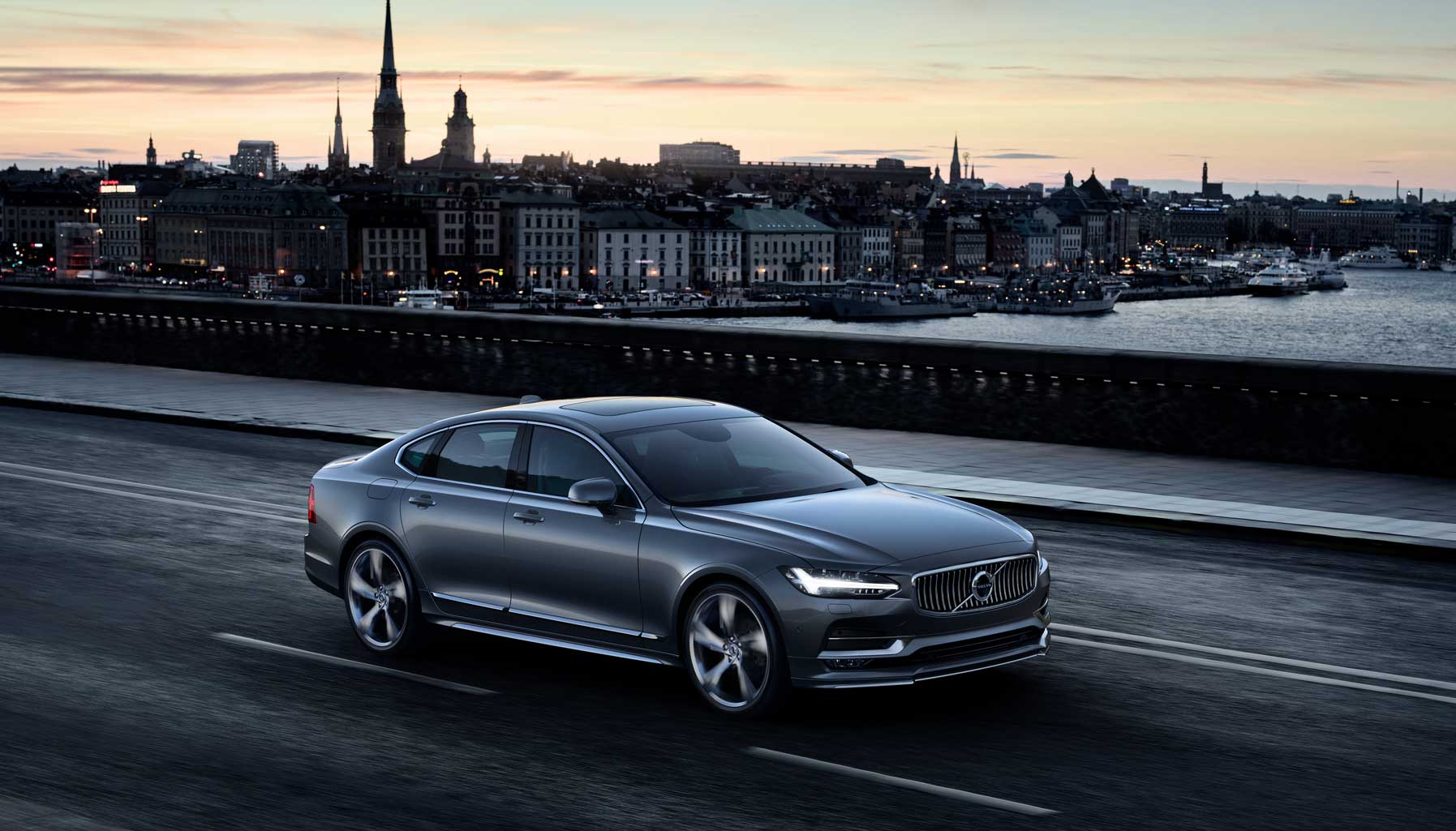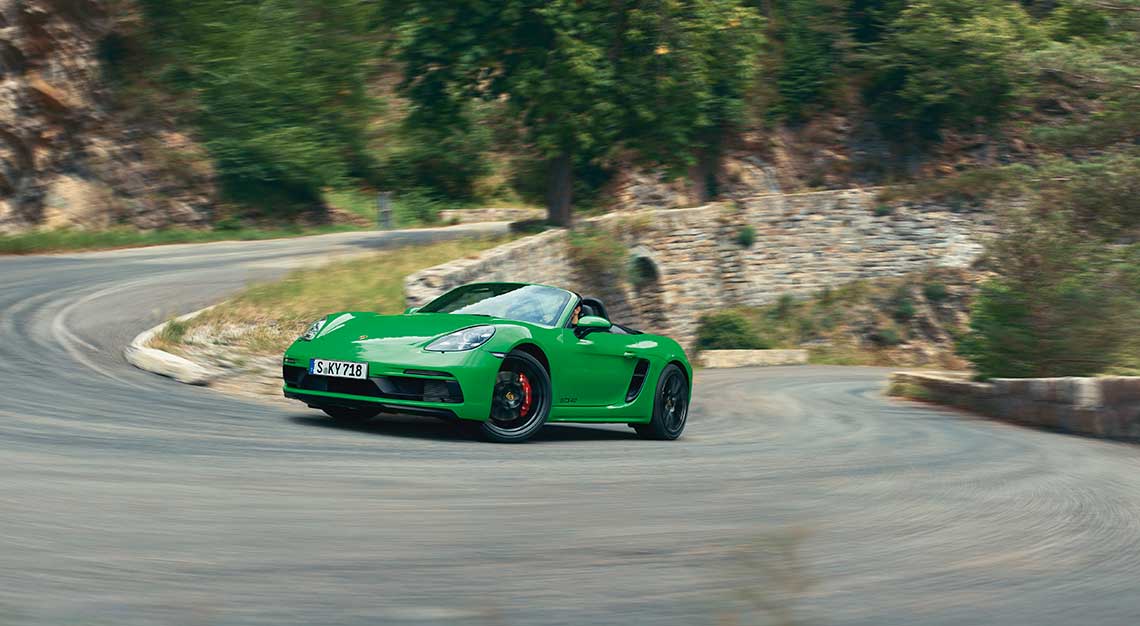Mid-Sized Perfection
There are a few things in life that are certainties. Death, taxes and the work week seeming so long as to be interminable. The automotive equivalent of which are the vibrations from the engine as soon as the key is turned. Not even Rolls-Royce, the pinnacle of refinement is immune from this. The solution would be to buy an electric car if refinement is a paramount concern. But charging it still not as convenient as going round the corner for fuel. Our next best bet? A plug-in hybrid. Specifically, the BMW 530e iPerformance.
Plug-in hybrids boasting extended electric-only ranges in the neighbourhood of 30 – 50km (you’d be lucky to get 4km out of a ‘regular’ hybrid), but you’re still able to use it like a regular car thanks to its combustion engine, they sound like just the ticket.
Bad news? Because they essentially have two discrete powerplants, packaging them in a vehicle typically meant for one is a nightmare. That means less interior space and more weight.
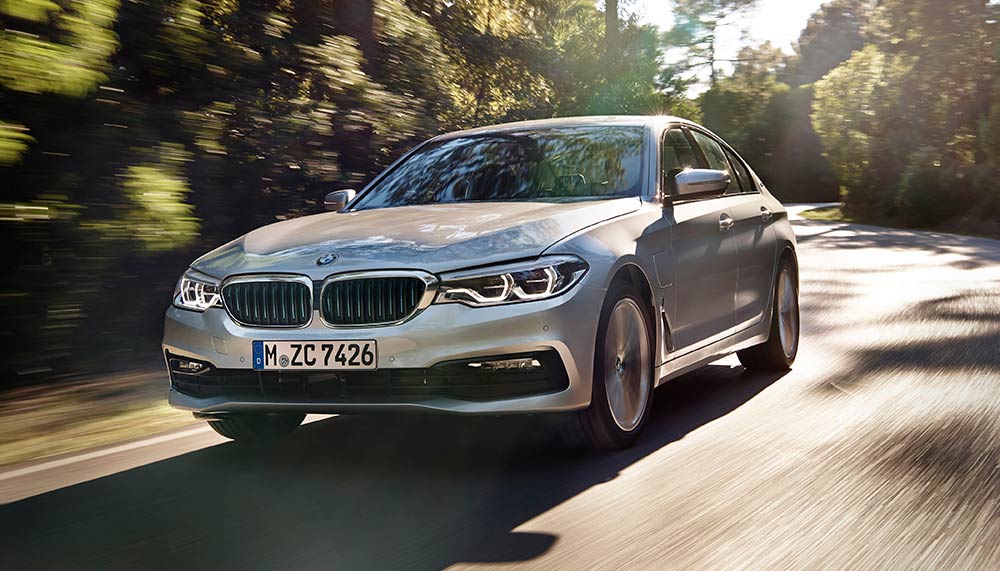
And the BMW 530e iPerformance, for all the advancements made by the 5 Series’ modular platform meant to accommodate a variety of powertrains, isn’t free of those foibles. Boot space is down 120 litres to 410 litres. And while the loading bay’s floor is flat, it’s taller than conventionally powered variants. Kerb weight is 1,770kg, which represents a roughly 100kg premium over non-hybrid 5 Series models.
So, the BMW 530e iPerformance loses out in terms of boot space and lightness. But to be fair, it’ll still swallow a couple of big luggages and 100kg isn’t a huge bump in weight.
Plus, the BMW 530e iPerformance more than makes up for it elsewhere, particularly with its hybrid setup. Never have I driven a plug-in hybrid system that’s more well thought through and better executed. Well, there was the Porsche 918 Spyder, but that’s a limited-run hypercar.
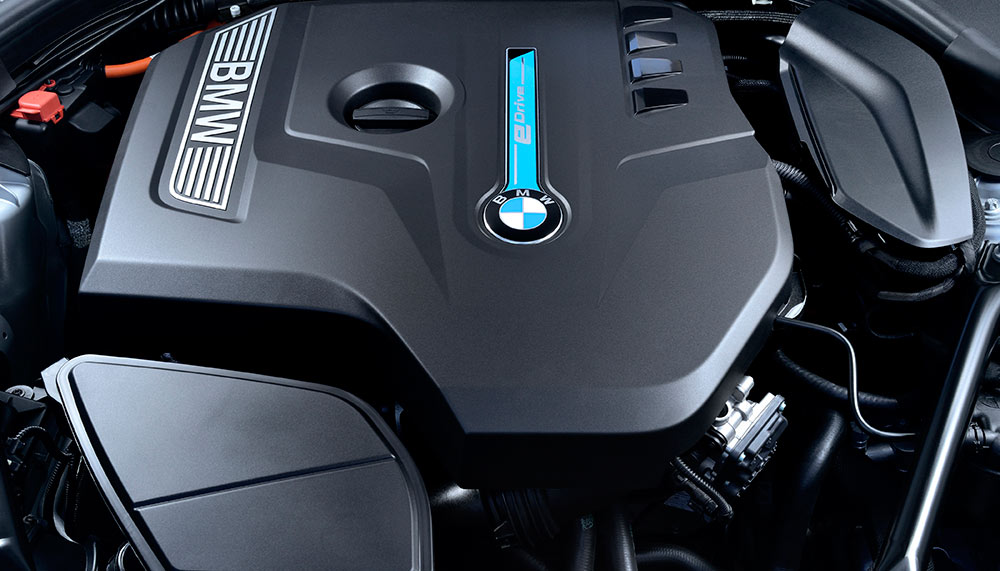
Regardless, the highest praise I can give to the BMW 530e iPerformance is how utterly normal it feels. It was a struggle to determine whether it was the electric motor, petrol engine or a combination of the two propelling the car forward.
It transitions from electric to fossil fuel power seamlessly and back again with barely a hiccup or shunt from the driveline. To be fair, you can discern when the combustion engine kicks in when you get lead-footed. But you really, really have to be looking out for it.
Also, it’s possible to flummox the driveline when running in full electric mode, inducing a little tremor through the transmission. But again, you’ll really have to try to catch it out.
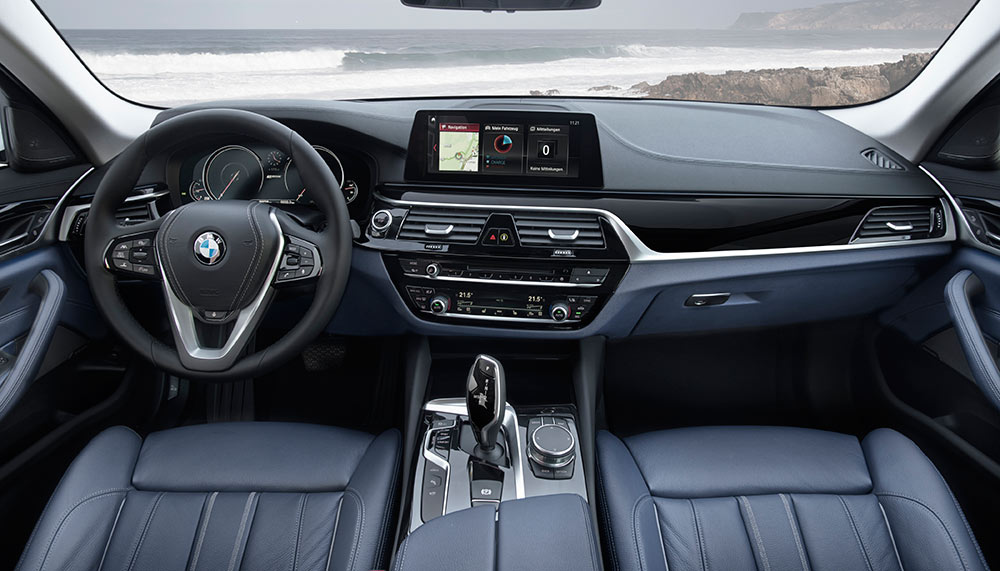
Minor (self-inflicted) issues aside, another upshot to having two ‘engines’ under the bonnet is the straight-line speed it produces. With a total system output of 252bhp and 420Nm, the century sprint happens in 6.2 seconds, which is remarkably quick.
Once upon a time, that would be performance you’d find only in bona fide sports saloons. Accessing that performance, though will naturally have a huge impact on the claimed 650km range.
If you’re wondering why that number seems on the low side, BMW says that’s “real-world range”, which I take to mean not driven at 50km/hr everywhere, with the air-conditioning on and carrying a passenger or two.
Of course, this just means autonomy on a full charge and full tank, not the frequency with which you’ll have to visit the pumps. With some careful driving and judicious use of the various driving modes at the BMW 530e iPerformance’s disposal, you could conceivably go months between fill-ups.
In its Max eDrive mode, which powers the BMW 530e iPerformance exclusively on battery power at speeds of up to 140km/hr unless on heavy throttle applications (the ‘kickdown’ point where the petrol engine will chime in is clearly marked on the tachometer), I got approximately 30km on a single charge.
Doesn’t sound like a whole lot, but I was driving in rush hour traffic, in the rain and not at all that conservatively. Charging it up takes roughly three hours using BMW’s proprietary wallbox, or via the Battery Control mode, which uses the petrol engine as a generator to charge the batteries to a user-selectable level (yes, up to 100 per cent).
While that latter mode could mean liberation from the tyranny of charging points, it does have an alarmingly detrimental impact on fuel consumption, because the 2-litre engine has to work harder to move the car forward and charge the batteries at the same time.
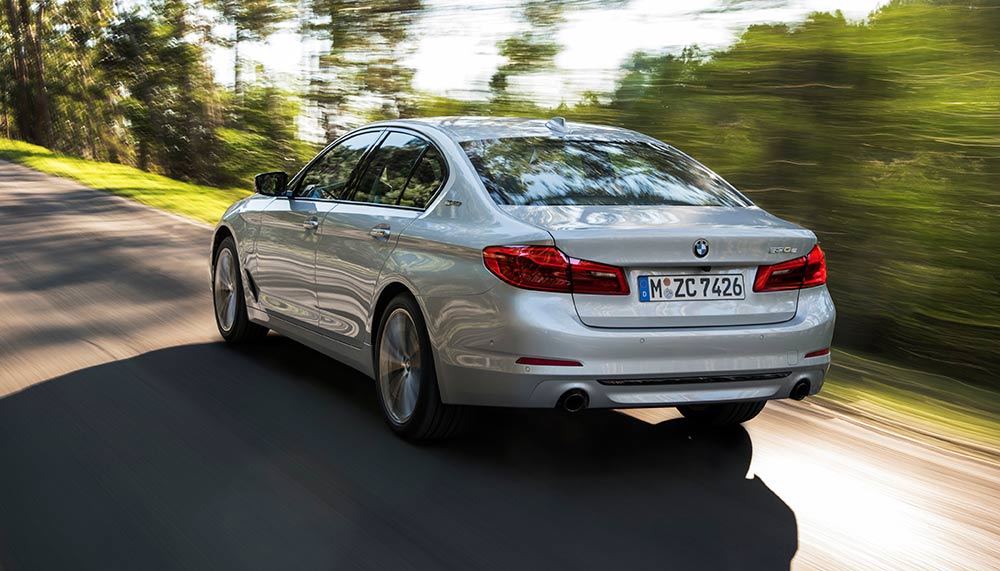
I must confess, shuffling between the modes, juicing up the batteries on the way home from work so I could make a short hop to the shops the next morning made for an inordinately fun experience. The same goes for trying to better my fuel economy score on the daily commute.
This, I’m prepared to admit, might not be up everyone’s alley. Not everyone likes playing around with gadgets, or indeed, like gadgets in the first place.
If, however, the thought of driving one of BMW’s most advanced vehicles (in a conventional-looking package, so the i3 and i8 don’t really count) appeals, then this might be the one for you.
And because it gets a healthy S$15,000 tax rebate, it’s only marginally more expensive than the entry-level 530i Luxury variant.
